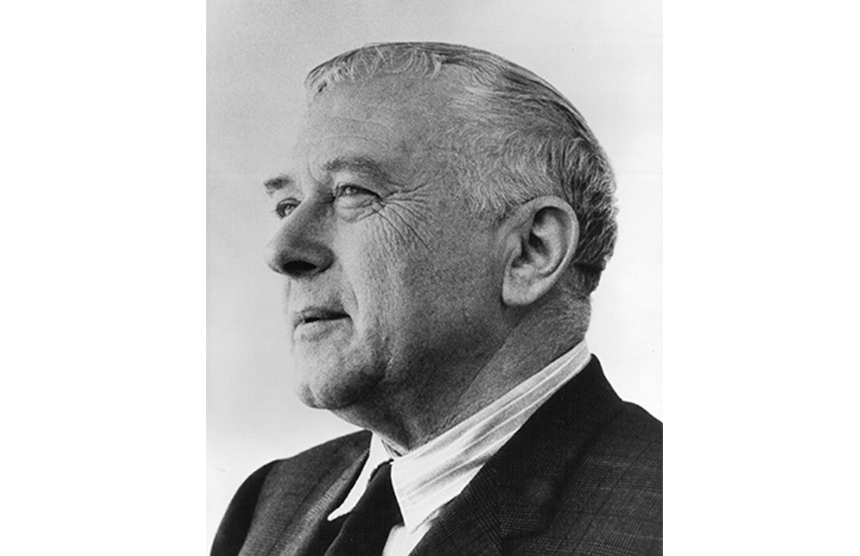Photo: cntraveler.com
Among all the things to love about New York, there are the museums, and later next month New York’s Metropolitan Museum of Art (MoMA) is taking up residence in the newly restored Marcel Breuer-designed building on Madison Avenue and 75th Street, in order to expand its program of contemporary and Modern art.
The landmark building, which will now be called The Met Breuer in honor of the Hungarian-born architect, is the former home of the Whitney Museum of American Art’s collections. Indeed, it was originally commissioned to house a changing series of exhibitions, and as a protected building, MoMA commissioned preservation architects Beyer Blinder Belle to help restore the museum in keeping with Breuer’s original vision, as well as celebrate his egalitarian approach to engaging visitors.
"What should a museum look like, a museum in Manhattan? . . . Its form and its material should have identity and weight in the neighborhood of 50-story skyscrapers, of mile-long bridges, in the midst of the dynamic jungle of our colorful city. It should be an independent and self-relying unit, exposed to history, and at the same time it should transform the vitality of the street into the sincerity and profundity of art." - Marcel Breuer, 1963
Modern and contemporary art programming will continue in MoMA’s Fifth Avenue building, but the new space will allow the museum to expand its profile - The Met Breuer will be home to a series of exhibitions, performances, artist commissions, residencies and educational initiatives which will explore international artistic movements and contextual multimedia pieces, as well support the Met’s current collection.
The Met Breuer / Photo: @metmuseum
The inaugural program of exhibitions includes ‘Unfinished: Thoughts Left Visible’, a 500-year study of unfinished works by artists including Titian, Leonardo da Vinci and Cézanne, and a retrospective of the late Indian minimalist Nasreen Mohamedi’s drawings and photography.
Here are highlights of The Met Breuer and its inaugural exhibitions:
The Met Breuer opens to the public on 18th March, 2016, and further details of its inaugural program can be found here.





